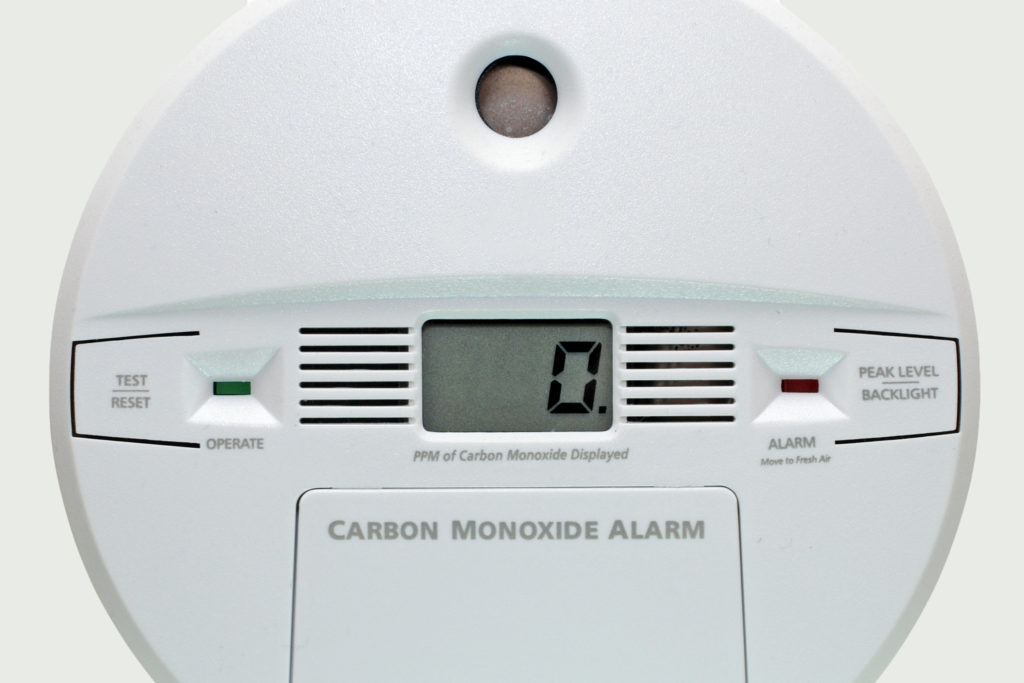
HOME SAFETY
CO Poisoning Prevention

Carbon monoxide (CO) is a highly toxic gas that you cannot see, taste or smell. More than 400 Americans die from unintentional carbon monoxide poisoning every year. Each year, 184 children in the United States die due to carbon monoxide poisoning and more than 20,000 children visit the emergency room. The danger of carbon monoxide increases in the winter because fuel-powered devices are used more frequently.
How is CO Produced?
Carbon monoxide is an odorless, colorless gas that often goes undetected, striking victims by surprise or while they sleep.
Burning fuels produce this “silent killer” in vehicles, small engines, stoves, lanterns, grills, fireplaces, gas ranges, portable generators and furnaces. When the gas builds up in enclosed spaces, people or animals who breathe it can be poisoned. Ventilation does not guarantee safety.
Safety Tips
- Make sure your home has a carbon monoxide alarm. As with smoke alarms, install a carbon monoxide alarm on every level of your home, especially near sleeping areas, and keep them at least 15 feet away from fuel-burning appliances.
- Replace carbon monoxide alarms approximately every 5-7 years (or per manufacturer recommendations).
- Look for signs of a carbon monoxide leak (soot or black residue on appliances or above a fireplace).
- Have your appliances checked during inspection and then again every year.
- Carbon monoxide alarms are not substitutes for smoke alarms, and vice versa.
- Combination smoke and carbon monoxide alarms are available.
- Do not use a grill, generator or camping stove inside your home, garage or near a window.
- If you need to warm a vehicle, remove it from the garage immediately after starting it. Do not leave a car, SUV or motorcycle engine running inside a garage.
- If using gasoline-powered devices, store gasoline in a locked location where children cannot access it. Keep only small quantities in an approved container that has child safety features.
- Keep gasoline away from any source of heat, spark or flame. Even common household appliances such as water heaters and clothes dryers can start a gasoline fire. Be sure to store your gasoline away from anything that could ignite it.
Steps to Follow When the CO Alarm Sounds
The United States Consumer Product Safety Commission says never ignore a carbon monoxide alarm, and do not try to find the source of the gas. Instead, follow these steps:
- Immediately move outside to fresh air.
- Call emergency services, fire department or 911.
- Make sure everyone is accounted for once outside.
- Do not reenter the premises until emergency responders have given you permission.






